Today we would travel towards our final accommodation in the Eastern Rodopi, to the town of Madzharavo, and on the way check out a few sites. Our first stop was an impromptu one: at 7:15am while passing through a village we spotted from the car a Little Owl sitting on the tiled roof of one of the houses. A nice start to the day and our first seen owl of the trip.

The first planned site of the day was a place we’d found Sand Boa in the in the past; in fact it’s the only site we’ve seen this species before. It can be a difficult snake to come across, and we were out of luck today despite giving it a good go during an almost 5-hour session. This was the major target species here so we came away quite disappointed, but we did see a few things to go a little way in making up for it.
At the lower part of the site we recored Olive-tree Warbler, Hoopoe, Turtle Dove and Corn Bunting and then after climbing up to the main part of the site we saw Middle Spotted Woodpecker and heard Eastern Bonelli’s Warbler. We had hoped to see Short-toed Treecreeper but weren’t able to find any, although we did see at least two pairs of European Nuthatch and a Spotted Flycatcher as we descended back down, both new species for the trip. The best bird though was a flyover Lesser Spotted Eagle, which circled not far above our heads for a few minutes before drifting on. Shortly after a Common Buzzard did the same.
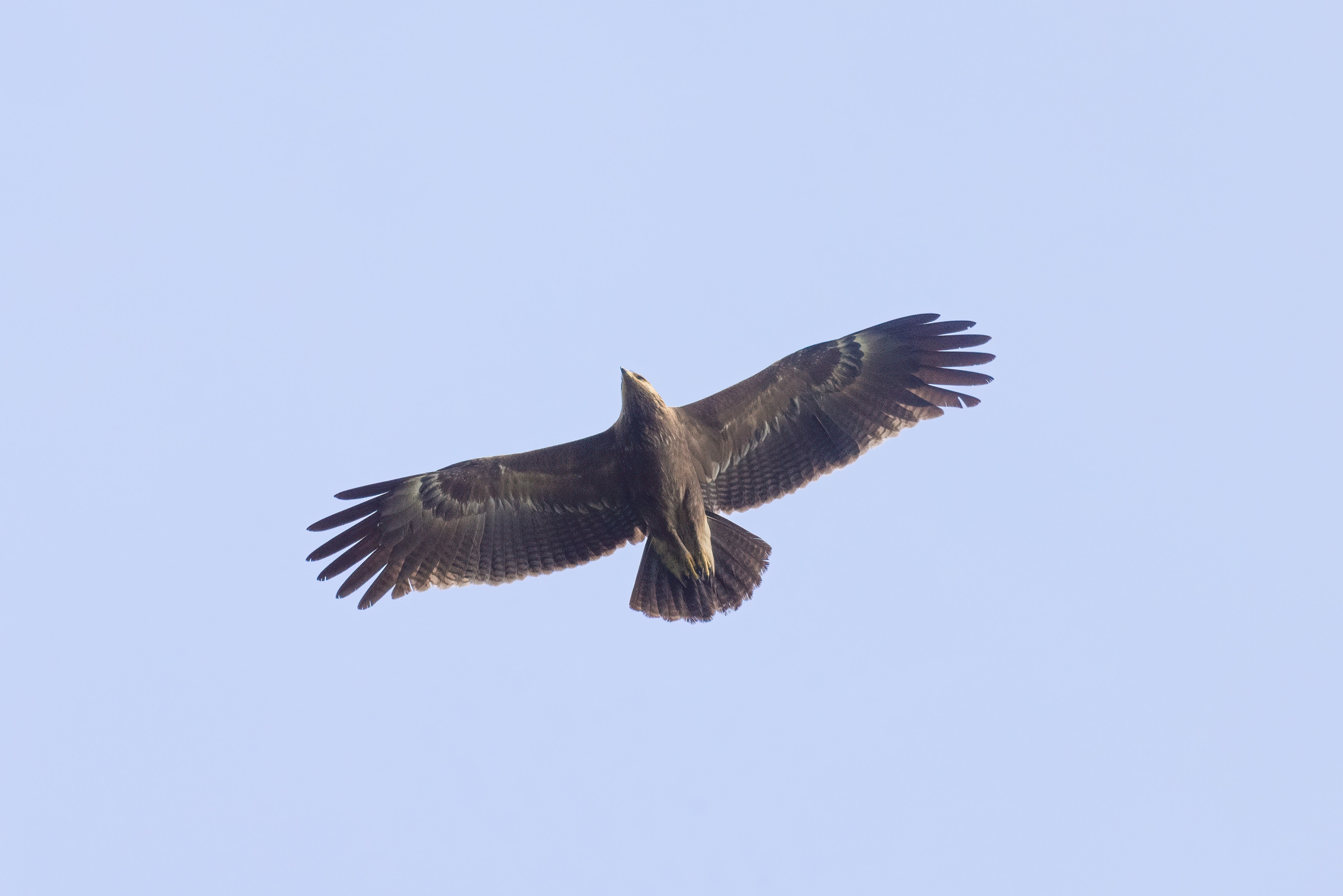
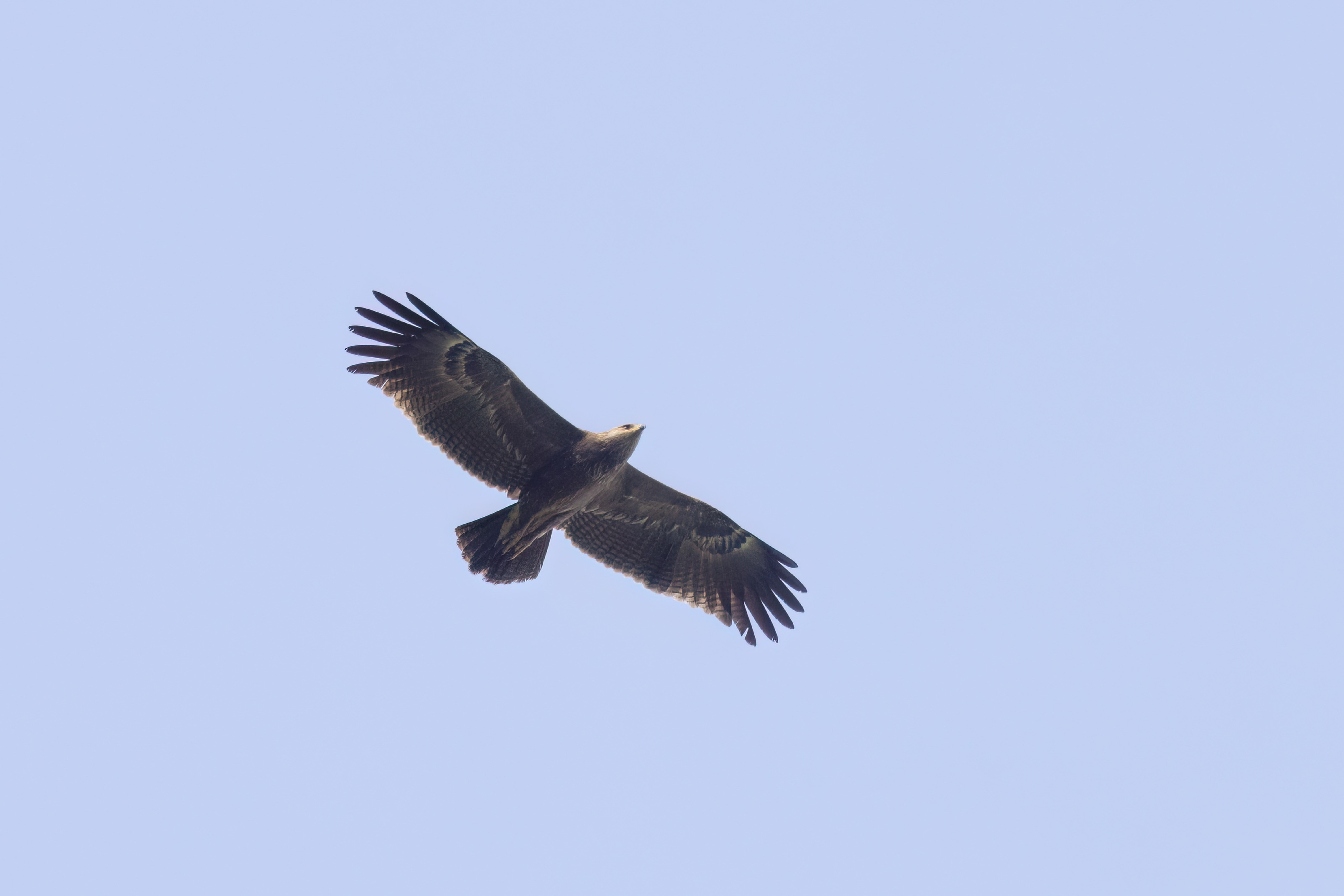
While searching for the snakes we found quite a few Dainty Bluet, and in some good morning light I was able to take a few satisfactory photos. We also came across the impressive and green-tinged spider Araneus circe, an orb-weaber distributed in Southern Europe, Egypt and the Near East. We saw a couple of other impressive invertebrates here: lots of Mediterranean Banded Centipede (Scolopendra cingulata), a species which is often found inadvertently while flipping rocks for snakes, and a brightly coloured ‘assassin bug’ (Reduviidae) which I believe is Rhynocoris punctiventris, a species from south-east Europe and Turkey.



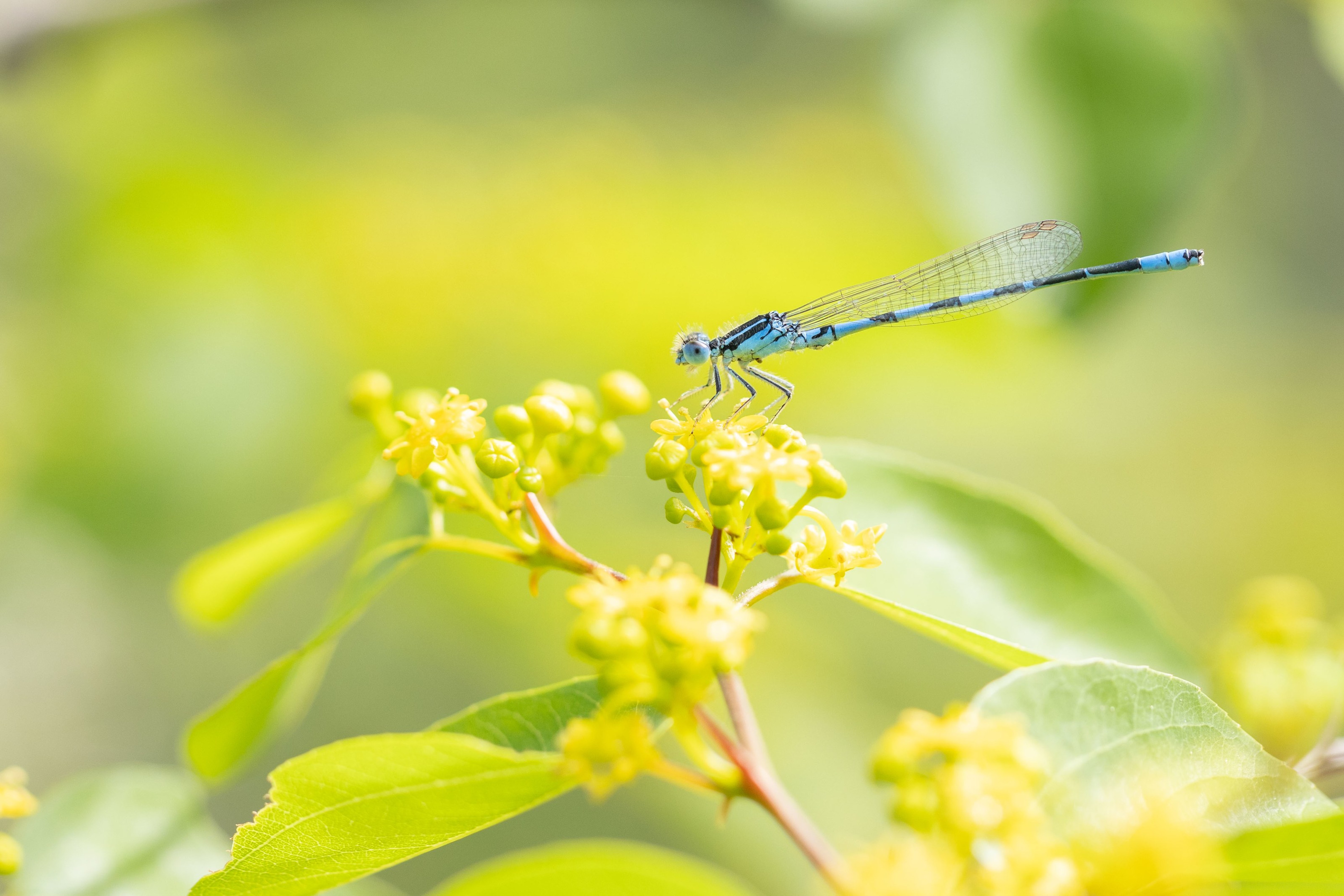

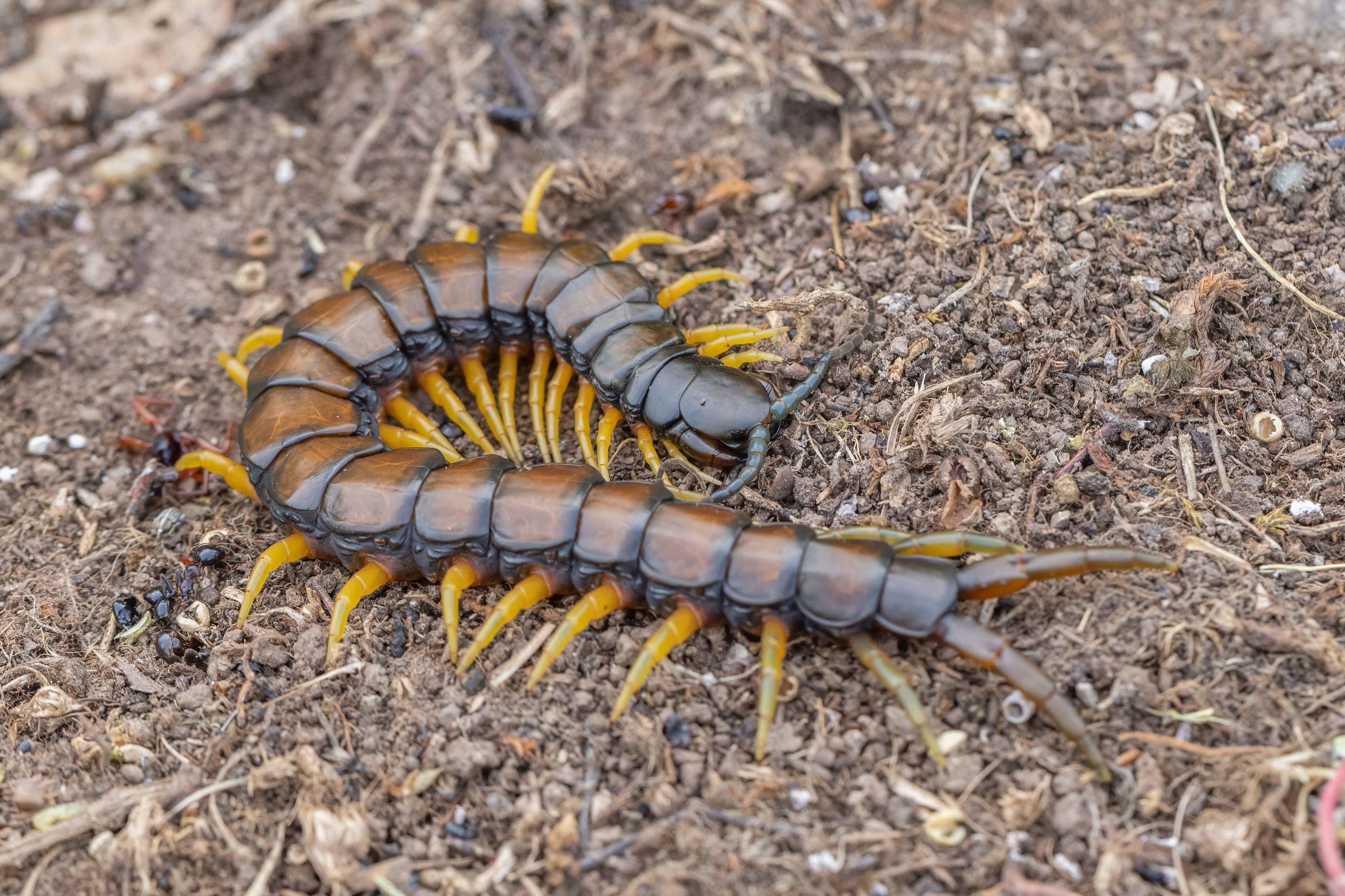

At the main part of the site it was a bit too hot and dry for butterflies, although we did see good numbers of Queen of Spain Fritillary and Painted Lady, plus a few Yellow Shell, the micro Euplocamus ophisa, and a couple of species of moth that are common in the UK but I’ve yet to see: Mullein Wave and Archips xylosteana (Variegated Golden Tortrix). At a lower part of the site there was a small stream, which attracted a good variety of butterfly species, including two new species for the trip: Large Tortoiseshell and Ilex Hairstreak. We also recorded Southern White Admiral, Glanville Fritillary and Mazarine Blue, plus Spotted Fritillary and Black-veined White in a nearby meadow. The stream also held a couple of damselflies: Small Bluetail and a female Robust Spreadwing.
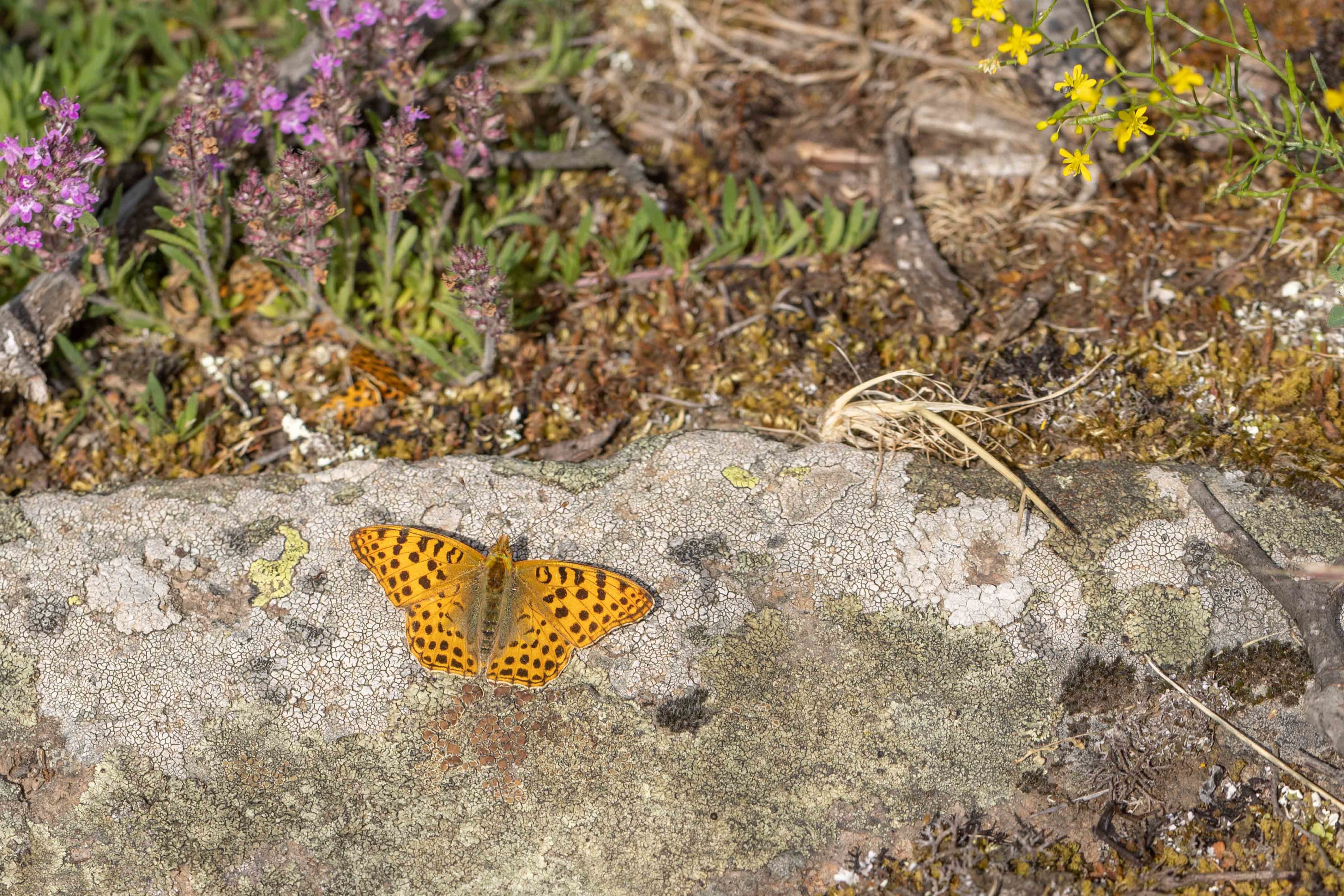

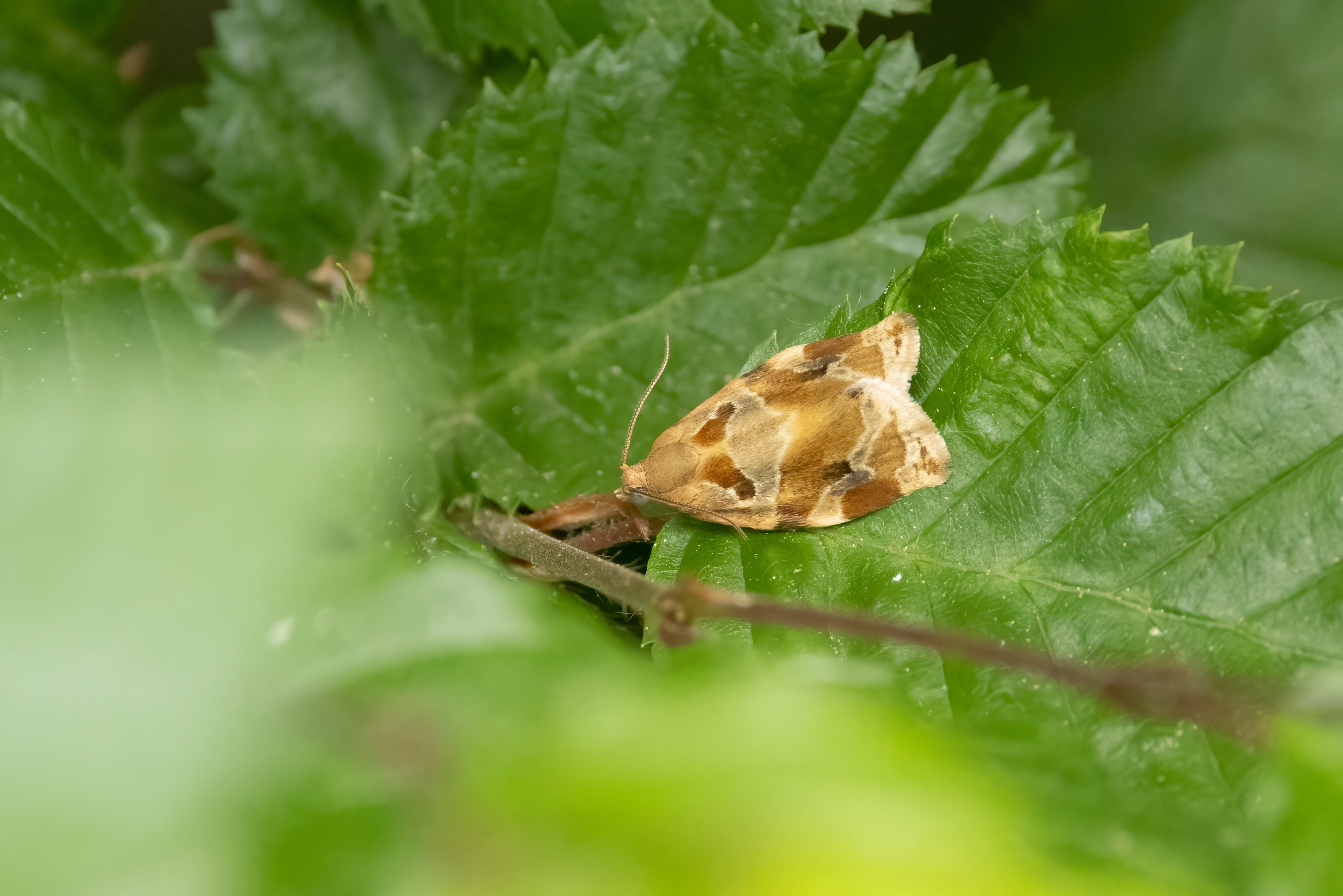
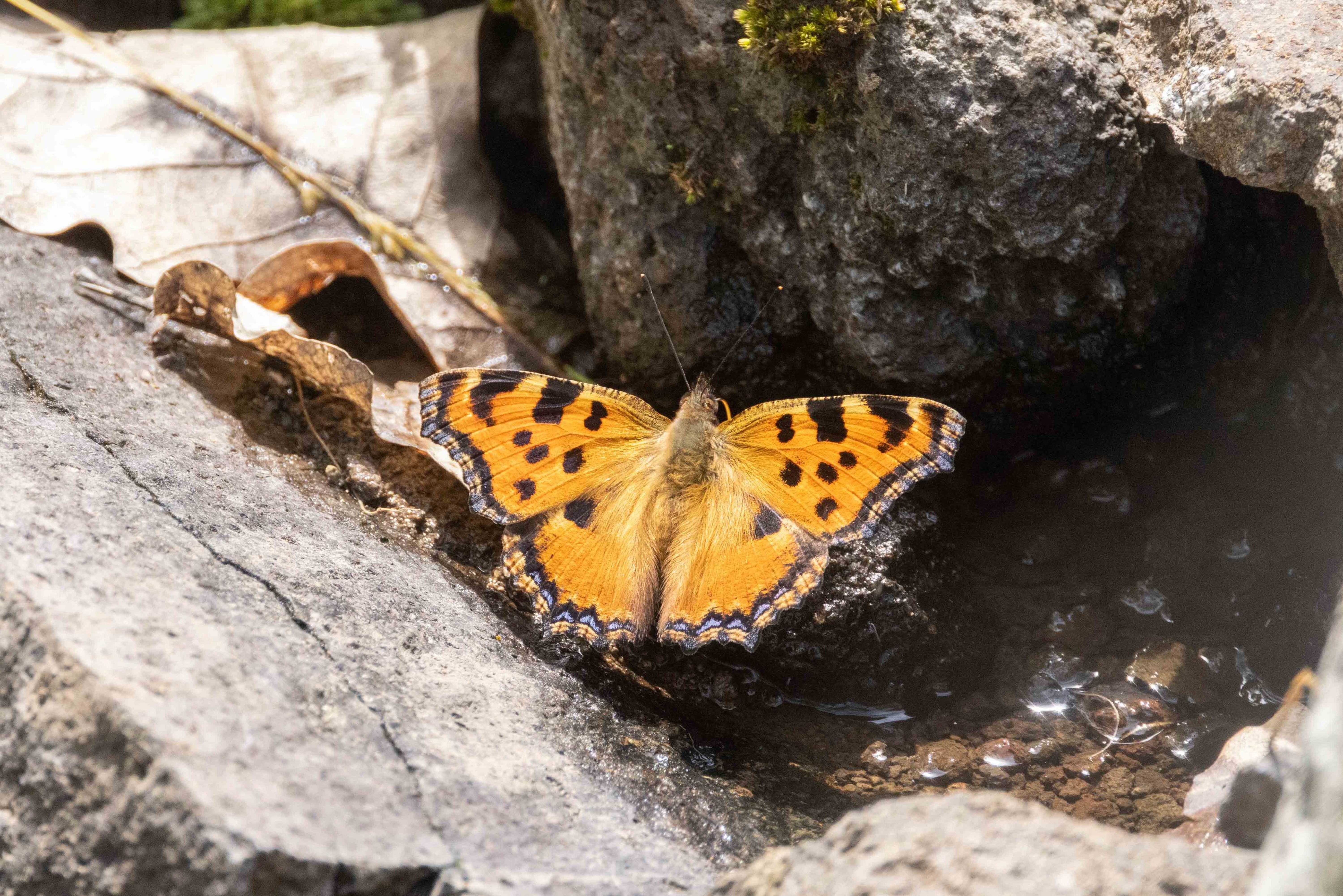

The next site of the day was a short distance further along the road: a small micro-reservoir filled with reeds. The most noticeable feature of the site is that it holds a population of Great Reed Warblers, which were audible from the car even some distance away. It was now past midday and very hot, which I think contributed to the fact we were limited only to brief flight views, the birds preferring to stay deep within the reeds. There were good dragonfly numbers as well, most notably with Green-eyed Hawkers, Broad Scarlets and Broad-bodied Chasers. We also saw Blue Emperor, Black-tailed Skimmer and more Dainty Bluets and Small Bluetails. Probably the highlight here though was seeing 4 European Pond Terrapin, our second terrapin species of the trip, so we’d now seen both of the country’s species.
Despite there being a lot to see here, the time of day meant the light was far too harsh and the subjects far too active to take any photos. In fact the only proper pictures I took were of a Griffon Vulture flying overhead, which came out surprisingly well.
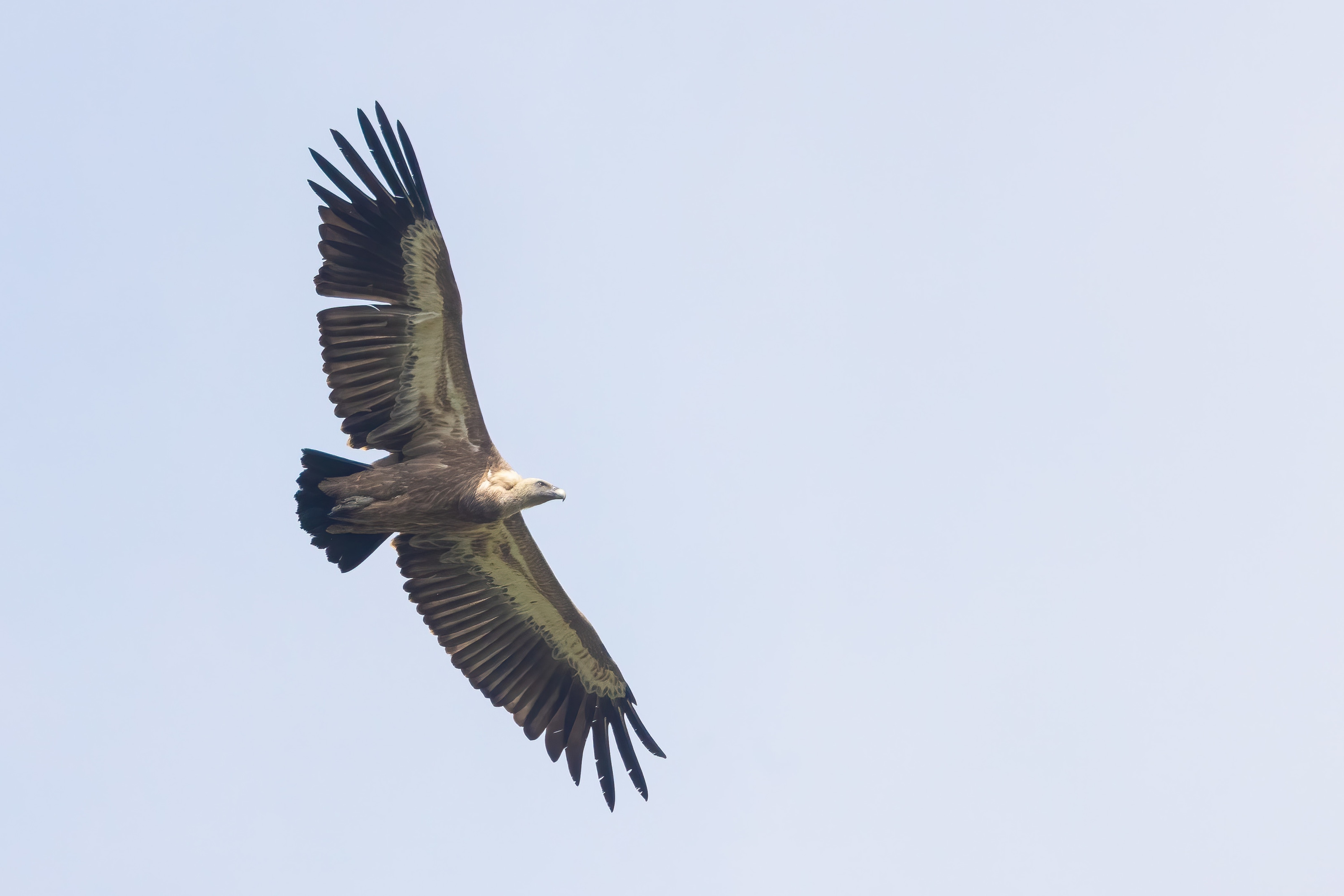
Our final planned stop of the day was at Kovankaya, a well known spot for observing raptors, both flying overhead and nesting on the rocks above. A variety of other birds can often be seen here as well. But first, just a short way before the viewing area, we parked at the entrance to a small gully that climbs up into the surrounding mountains. We walked as far up as we could, stopping and turning back when it became too treacherous to clamber any higher. The most interesting things seen were 2 Grass Snake and at least 5 Schmidtler's Smooth Newt, a recently split new species. There were also quite a few Marsh Frogs, Yellow-bellied Toads, a Large Red Damselfly, several Azure Bluet, and overhead we counted at least 8 Griffon Vulture. At the grassy area at the start of the gully we recorded Sooty Copper, Marbled Fritillary, Silver-washed Fritillary and a Spotted Fritillary larva.
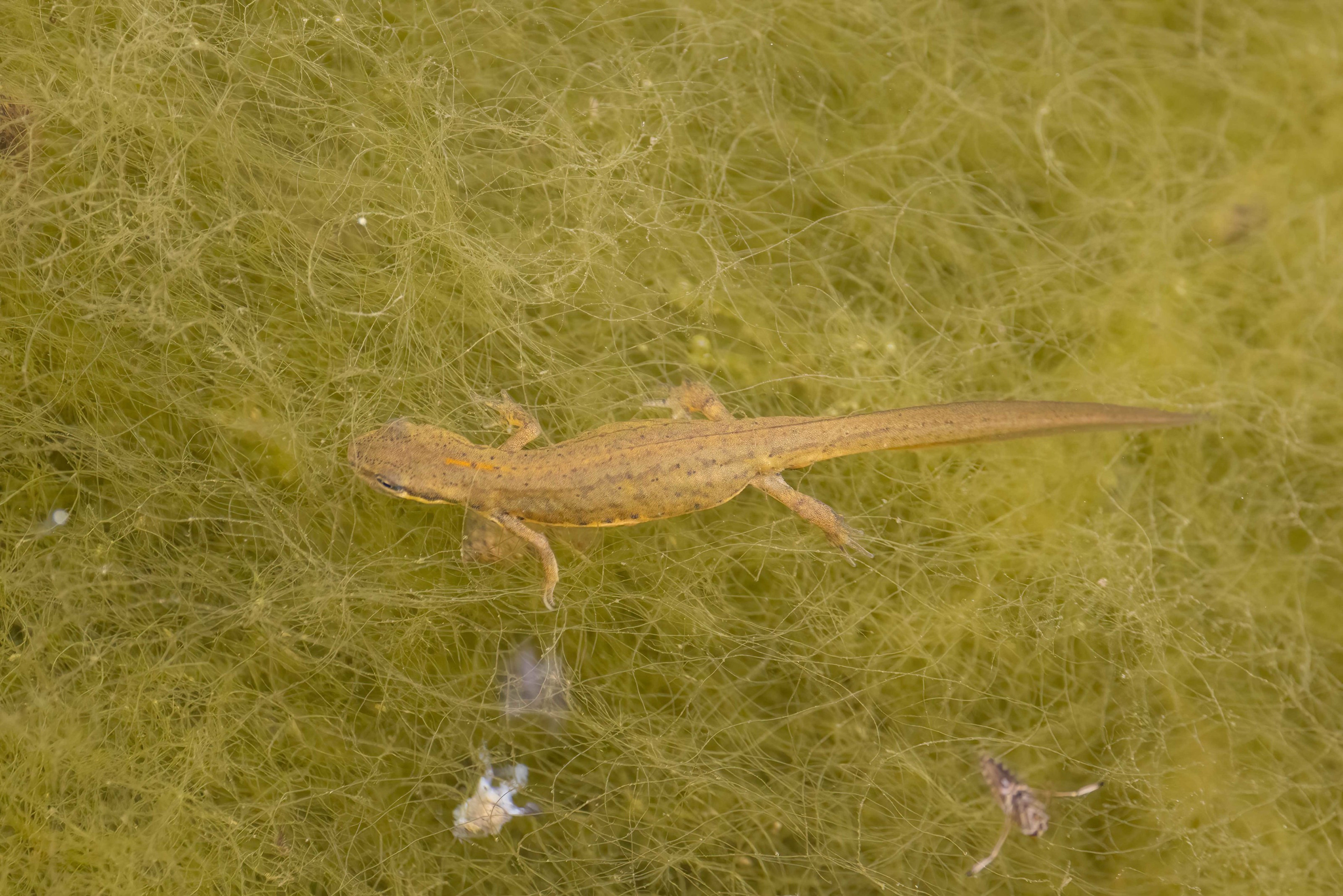
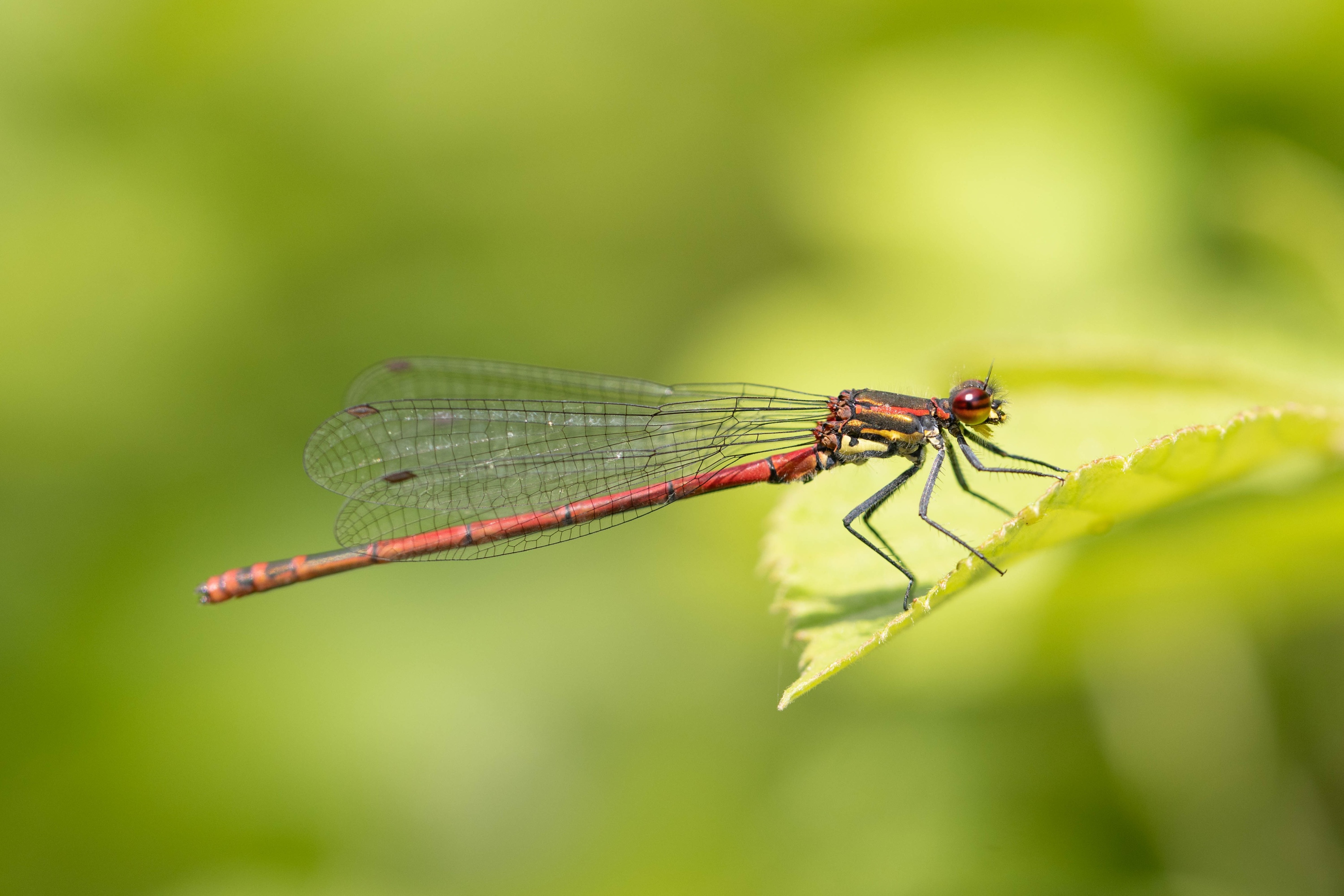
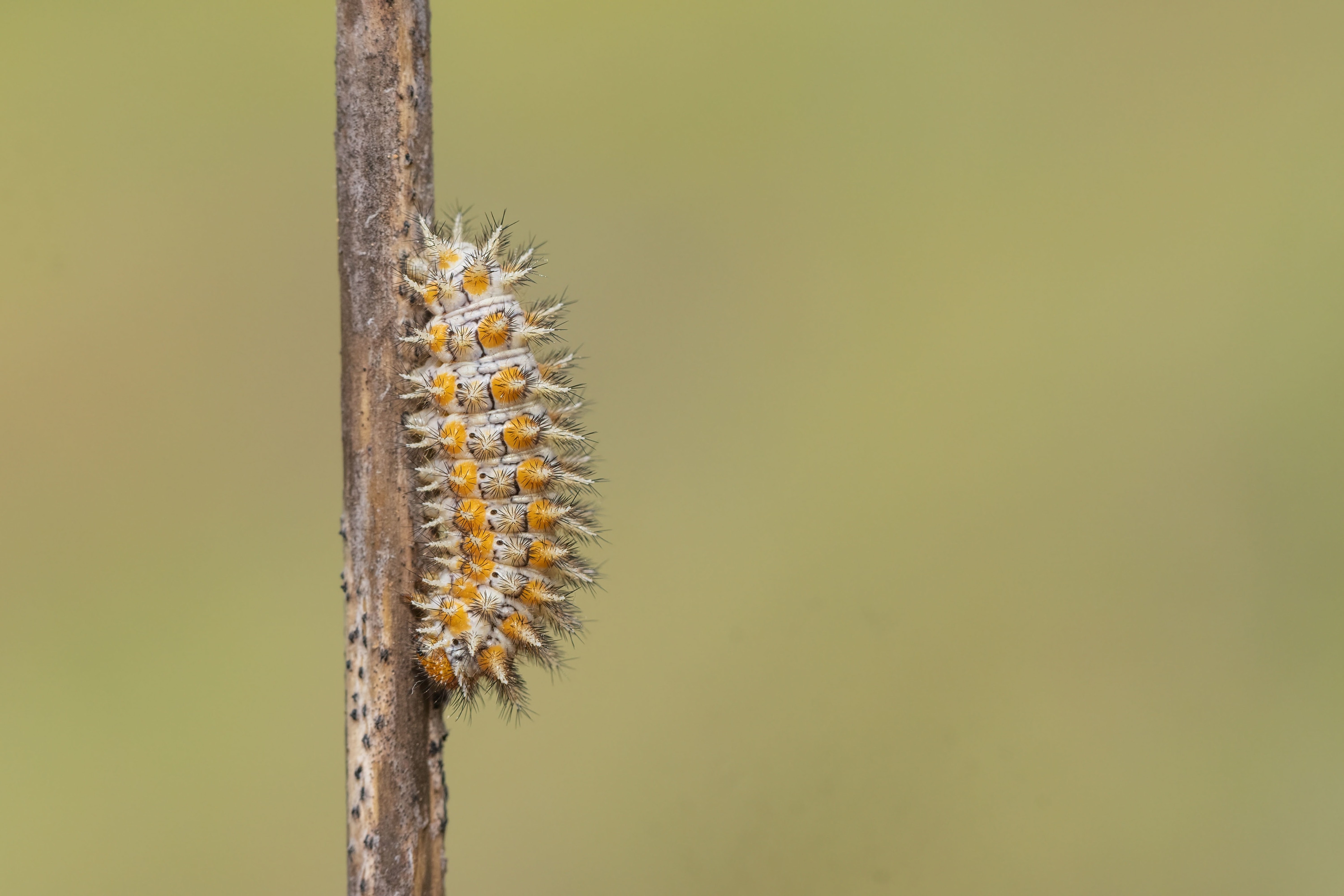
From the viewing point we saw a few raptors, including a Peregrine, a Short-toed Eagle sitting high above on the top of the rocks, and a fairly low Egyptian Vulture. However, the big surprise was a flock of 17 Great White Pelicans migrating over. This was the first time I have seen pelicans in the mountains of Bulgaria. Closer to the ground we also found our first Little Tiger Blue of the trip. A beautiful species normally, but the combination of this individual’s condition and its chosen perch of a cigarette didn’t exactly make for a pleasant image. There was also an Eastern Festoon, and a Cirl Bunting singing nearby. We were a bit disappointed not to mange to pick out a Blue Rock Thrush somewhere on the rocks, as we are usually successful here.


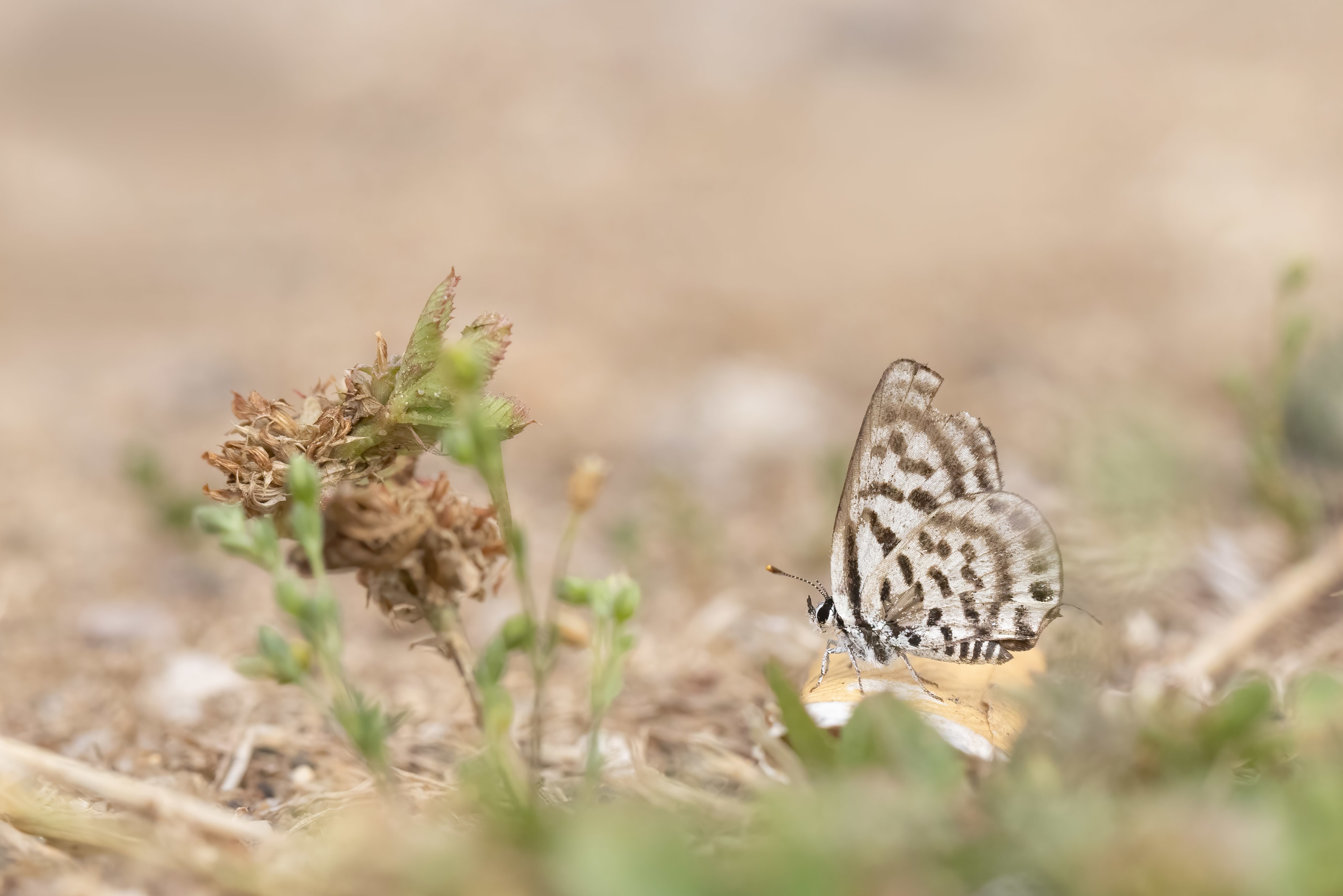
We decided to end the day with an evening walk, just before entering the town of Madzharavo. It was at a place we’d seen Worm Snake before, but like with the Sand Boa at the start of the day we were unsuccessful. We didn't see too much of interest but I photographed a Balkan Spoon-winged Lacewing and got my best Lattice Brown photo of the trip so far.


No comments yet — leave one below: